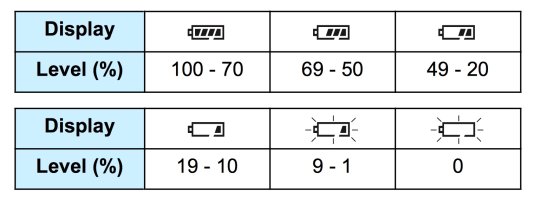Given Jared Polin's video, and what Canon's been developing with the M50, oh boy you're going to get disappointed.
With mirrorless cameras, it's crucial to understand that no blackout =/= actually seeing what's happening in real time. Remember : you're looking at a screen. And if there's anything Hollywood should teach you about screens, is that it's not reality !
What older mirrorless cameras and current Canon Ms do, during bursts, is to show a slideshow of the previous shots taken during the burst. With these, you actually get the mother of all blackouts as there simply is no liveview feed whatsoever during the entire burst. Because the camera has to read the entire sensor to produce an image out of it, what you see in the viewfinder during the burst is always around more or less 150 millisecond or so behind what is happening.
Current mirrorless cameras, on the other hand, may have a blackout, but they also have a degree of liveview in continuous mode in between frames, that's only lagging by the same amount that the EVF regularly lags, so maybe around 25-35ms. With some mirrorless cameras (the A series for example), this moderate lag is easily compensated by their sorter shutter lag in electronic first curtain mode (25ms for Sony's A series, 50ms for a typical Canon DSLR).
Canon went further with the M50 : in single shot mode, it freezes the EVF for a fraction of a second when taking a shot, instead of going black. As a result, you get the illusion that there is no blackout at any time. It's a neat trick that Canon pulled because apparently it's fooling every one

.
Now, maybe there is a setting somewhere on the R that would, for the first time in a Canon mirrorless camera, enable liveview feed in burst mode. But I highly, highly doubt it given Canon sensors' readout speed. The only mirrorless cameras that can truly shoot with no blackout whatsoever right now are the A9 and cameras equipped with Sony's stacked 1" sensor.
They have a "blackout", just like any mirrorless camera (including the R, even if Canon tricks people into thinking that there isn't one) other than the A9 and some cameras with smaller sensors, but they also have liveview during bursts (at 5.5fps I believe), which the R most likely doesn't have.

